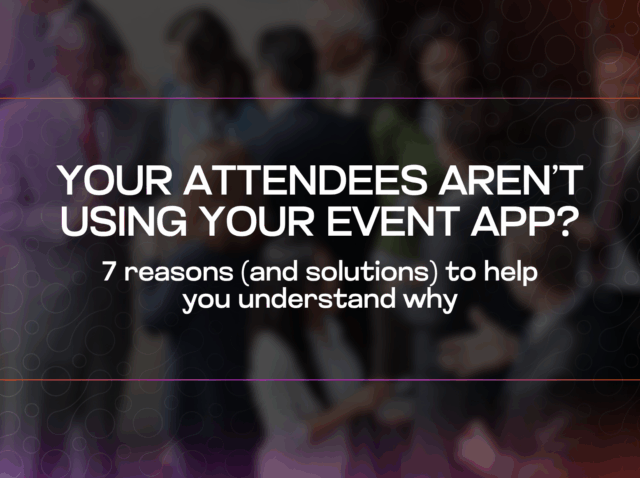The concept of the metaverse might initially seem alien and highly complex. Its goal is to transform how users interact in online spaces, going far beyond simple internet navigation.
But how could this affect your events? And what does this new level of participant engagement look like? Let’s explore the key features of this emerging technology that has the potential to revolutionize any type of event.
Setting Personal Boundaries in the Metaverse
One fundamental aspect of the metaverse is the ability to deviate from standard physical rules, even though it aims to simulate the real world as closely as possible. For instance, participants may freely interact—or, if desired, avoid direct contact like handshakes.
While this feature may not be crucial for B2B events, it could be a valuable service for your attendees. Allowing them to set personal boundaries helps them feel comfortable within the virtual space.
The level of rules and regulations often depends on the avatar participants use. The more realistic and expressive the avatar, the greater the desire for social connection, which means your event may require specific social guidelines to manage interactions effectively.
Event Capacity in the Metaverse
A unique advantage of the metaverse over typical online events is virtual space management. Each room or conference area has a participant limit to ensure optimal performance.
What if the maximum capacity is reached quickly? Unlike physical venues, the metaverse can replicate event spaces, allowing new participants to join without anyone being turned away.
However, a challenge remains: how do attendees meet others in different virtual rooms? Currently, matchmaking tools are limited, but one solution could be exclusive experiences for a limited number of participants, similar to a “VIP ticket.”
These special areas could include benefits such as interactions with industry experts, NFT-related activities, gamified experiences, or small-group networking opportunities.
The Importance of Identity in the Metaverse
Although users can remain invisible to others, creating a memorable experience requires participants to appear as 3D avatars to simulate a physical event as closely as possible.
One approach is to have attendees upload a photo during registration. While real-time facial expressions aren’t fully replicable yet, a static image can serve as a good starting point for identity representation.
Conclusion
Using the metaverse for events can be an effective way to grow your audience and strengthen a sense of community. However, it’s important to recognize that this technology is still evolving, and uncertainties remain.
The key recommendation is to experiment with the metaverse alongside your existing event formats, positioning yourself ahead of competitors while exploring its potential to enhance engagement and interactivity.







